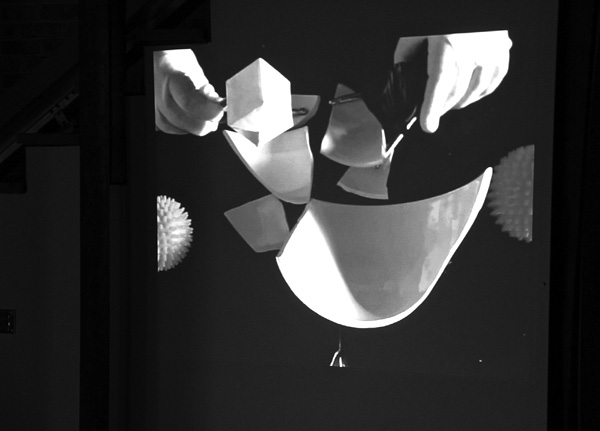
REHEARSAL OF A GRAND OPERA FOR ONE PERSON
first performed on November 19, 2012
basement of New Capital, Chicago, IL
performed once in 2012
DEVIN KING & CAROLINE PICARD
Chicago, IL
938268422c938268422a938268422r938268422o938268422l938268422i938268422n938268422e938268422@938268422l938268422a938268422n938268422t938268422e938268422r938268422n938268422p938268422r938268422o938268422j938268422e938268422c938268422t938268422s938268422.938268422c938268422o938268422m
dancingyoungmenfromhighwindows.com
cocopicard.com
REHEARSAL OF A GRAND OPERA FOR ONE PERSON
DEVIN KING & CAROLINE PICARD
Pulling from toy theater and the operatic tradition of regietheater, combined with the effect of streaming media in the present day, “Rehearsal of a Grand Opera for One Person” presents a 48-hour installation, interrupted for two hours by improvisatory guitar. The entire 48-hours is conceived as a performance of objects highlighting, in part, the potential for four three-dimensional paintings to function as micro-stages that illicit a sense of anticipation and promise for aesthetic transformation within the viewer. The two-hour interruption, or musical interlude, creates an intermission in the tableau, inverting traditional expectations about space and human relation.
“Rehearsal of a Grand Opera for One Person” assumes that a space can be active without human presence; a painting has the ability to move and affect, even while it is inanimate. Furthering that point, a bird’s-eye video loops simultaneously, capturing four acts and a curtain call of assorted objects as they are moved back, forth and around a black table by a pair of gloved hands. This simple choreography establishes a flux and flow of relations between things performing for a camera. The collaboration was inspired by two separate lectures, samples of which are integrated into a looping twenty minute audio track. The first lecture about Graham Harman, Louis Zukofsky, John Cage and the sample-as-object (by King), and the second about Timothy Morton, Giorgio Agamben and The Pancantantra (by Picard) provide an ambient background text about nature- and object-oriented ontology.
The Opera is a total art experience. It is massive, expensive, glittering and refined. Its high status and rarified aesthetic is easily inaccessible and exclusive—it is an older tradition, with massive audiences who sit together in vast, ornate rooms. We are interested in the potential for that form to be appropriated, reduced, tweaked and recontextualized as a one-on-one event, in which humans may or may not be present. This performance was our first rehearsal.